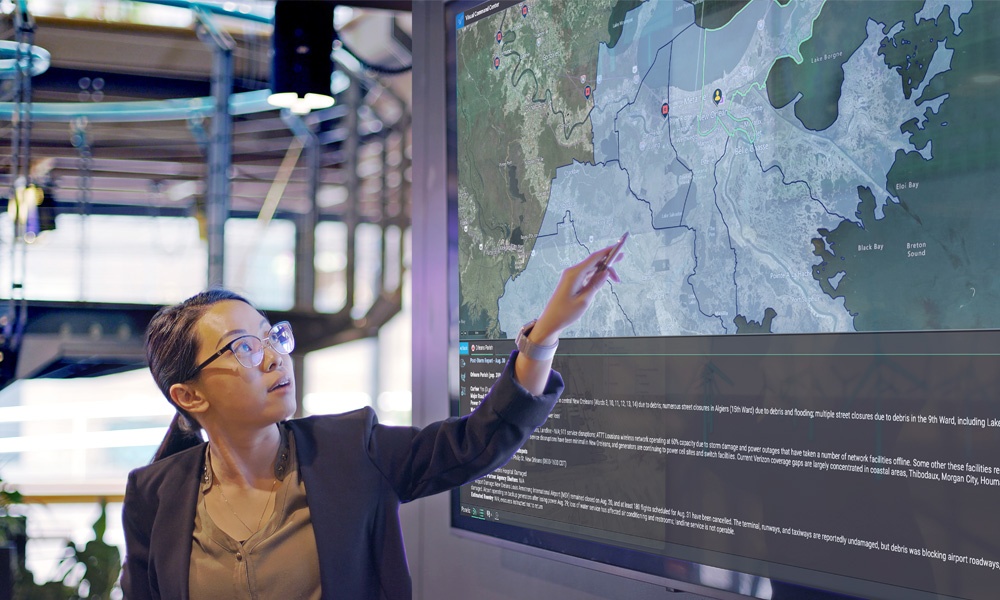Blog
Learning from the Tōhoku earthquake and advice for multi-cultural alerts
On March 11, 2011, Japan was hit with what is now called the Great East Japan Earthquake and tsunami (also referred to as the Tōhoku earthquake). As the strongest earthquake ever recorded for Japan, it resulted in more than 15,000 deaths and approximately 2,600 people missing to this day. The subsequent tsunami also caused meltdowns at the Fukushima Daiichi Nuclear Power Plant, which led to fallout that is still being dealt with three years later.
As a result of this disaster, many thought leaders in the crisis communication space began to reevaluate disaster communication best practices – not only for countries and emergency http://images.nationalgeographic.comresponse teams, but for a wide-range of organizations and businesses across the world. Earlier this month, Everbridge hosted a webinar with Dr. Robert C. Chandler, an internationally known author and lecturer on crisis communication and preparedness. The webinar focused on lessons learned from the Tōhoku earthquake, which subsequently strengthened disaster preparedness processes and best practices.
I encourage to you review the slides and listen to the webinar in full – they are chock-full of strategic and tactical best practices for your organization to consider when thinking about disaster preparedness and communication.
What I’d like to highlight here today is a question asked by a webinar attendee at the end of the session. Not only is it interesting, but it gives us a good sense of what organizations are thinking about and challenged with in today’s diverse business environment.
“How do you handle the challenges of alerting people of a disaster in a multi-cultural and multi-language environment?”
While this is a question that could be answered in a 10-page whitepaper, the way in which Dr. Chandler broke it down was particularly concise and helpful.
• Understand Different Levels of Diversity: First, an organization needs to identify the different cultural and demographic groups in its area. For example, Dr. Chandler recently completed a project in Southern California where he incorporated emergency notification messages not only in English, but also in Spanish and Vietnamese due to the large populations based there. In Florida, he is in the midst of a project identifying different demographics – think elderly, education level, families with children, pet owners, etc. Before you can do multi-cultural and multi-language alerting, you first need to do a detailed audience analysis.
• Design Messages Based on Audience Analysis: Once an organization has a good sense of its audiences, it then has to design its alerts around those different groups. This means having culturally sensitive, simple messages in multiple languages made up of different, carefully planned wording for each group. You also have to take into consideration the risk factors for different groups. For example, the elderly might react differently to messages compared to single men in their 20s (one of the most resistant groups to warnings).
• Target and Reach Your Audiences: Once your messages are complete, an organization has to think about the best ways to reach each demographic and understand the variables within them. Dr. Chandler recommends being “culturally astute” – ensuring you’re aware of different values, norms and individual and group responsibilities, which will help you reach them more efficiently. This also encompasses the tools in which an organization reaches its audience, whether it be via phone, social media, text message, etc.
To learn more about this topic, watch a replay of the webinar, Crisis Communication Factors: Earthquakes and Other Natural Disasters.


